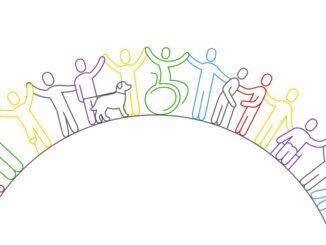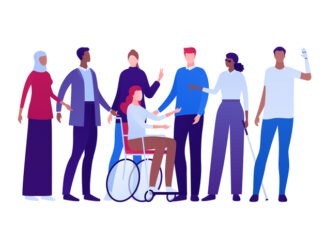As we delve deeper into the digital age, the importance of computing education becomes increasingly evident. However, despite the growing demand for skills in this field, there persists a significant gender gap in computer science. Addressing the gender gap in computing is crucial not only for promoting diversity and inclusion but also for harnessing the full potential of talent in this rapidly evolving field. In this article, Oliver Brotherhood, Curriculum Lead for Computing and Computer Science at Penrice Academy, delves into the critical need for a comprehensive, school-wide strategy to tackle the gender disparity in computer science education
CREDIT: This is an edited version of an article that originally appeared on Computing and Computer Science
The gender imbalance
I began teaching computing four years ago, after transitioning from working in the tech industry. Computer science can be a great accelerator of social mobility, and I want to equip all young people at our academy with a skillset that will enable them to take up the opportunities the subject offers.
Since I started teaching, I’ve always seen an obvious gender imbalance in computing – my current Year 11 cohort has no girls, and our Year 10 cohort has just three. We have trialed different initiatives over the past couple of years to try and tackle this, with varying degrees of success. The number of girls engaging with the subject has increased but to nowhere near the extent that we would like to see.
The ‘I Belong’ programme
After completing the National Centre for Education’s I Belong: encouraging girls into computer science programme, it became clear that tackling gender imbalance doesn’t just result out of a singular initiative. It requires a whole school approach with buy-in from senior leadership, changes to the approach to teaching, and a focus on increasing the visibility of women who study and work in computing.
How we’re striving to get more girls into computing
Since completing I Belong, our department has focused on three key areas:
- We’ve changed our classroom displays to increase the visibility of the diverse range of people who work in computing and the wide variety of roles they do. We’ve also created posters of people currently studying computing to exhibit around the school.
- We’ve developed our key stage 3 curriculum and have implemented a number of project based learning units. Through this we’re aiming to increase girls’ confidence and self-efficacy within the subject, particularly those with less prior experience.
- We’ve enhanced our offer of extracurricular computing activities. We currently offer two clubs: one focused on key stage 3, that introduces students to a series of computing-based projects, and the other focused on key stage 4, that further develops students’ programming skills through a series of team-based programming projects.
Looking forward, we plan to implement a peer mentoring programme which will enable students considering taking computer science as a GCSE option to ask questions to someone already studying the subject. We hope this will further embed a culture of computing across our school and create a sense of belonging within the subject.
A whole school commitment
Computing offers a world of opportunity to young people; it is paramount those opportunities are open and accessible to everyone, regardless of gender. Working to fix the gender imbalance in computing requires commitment not just from those who teach it, but from all those working and studying in a school environment.




Be the first to comment